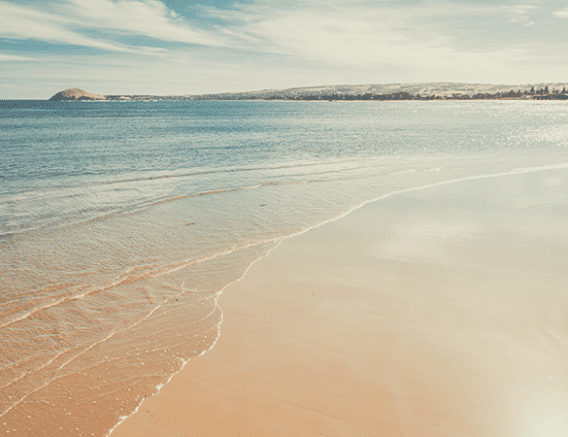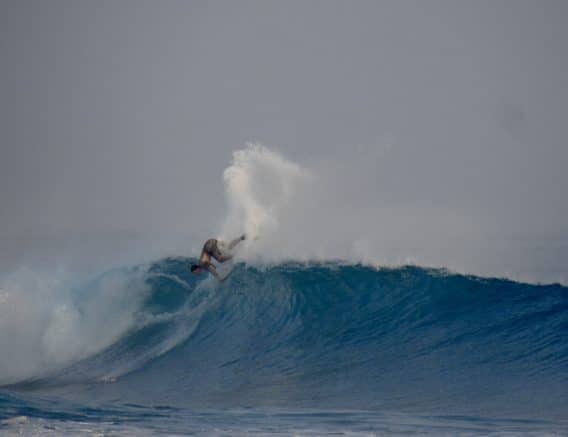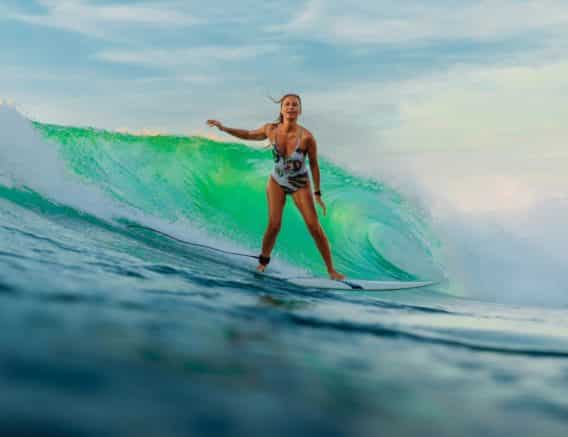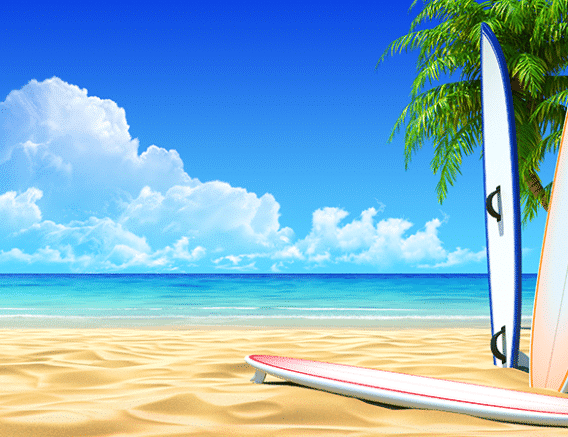Encuentro Beach: A Surfer’s Paradise in the Dominican Republic
Nestled along the stunning northern coastline of the Dominican Republic, Encuentro Beach is a hidden gem for surfers and beach lovers alike. This picturesque haven boa...

For surfers, there’s an almost magical feeling of riding a wave. To experience that perfect ride, timing is everything. Catching a wave at the right moment can make the difference between a thrilling surfing session and a frustrating one. This article aims to provide surfers with insights into understanding the factors that influence wave timing and how to capitalize on them for an exhilarating surf experience.
1. Understanding Wave Cycles
Before delving into the specifics of catching a wave, it’s crucial to understand the nature of waves. Waves occur in sets, with periods of swells separated by lulls. These sets are influenced by various factors, including weather patterns, tides, and wind conditions. As a surfer, being aware of these cycles can significantly enhance your chances of catching the perfect wave.
2. Pay Attention to Tides
Tides play a vital role in wave formation and surfing conditions. Low tide is best for beginners, as waves tend to break gently and consistently. However, experienced surfers may prefer an incoming tide, as it brings more powerful waves that break further out and create longer rides. Conversely, an outgoing tide can cause waves to close out more quickly, making it challenging to catch a wave.
3. Observe the Wind
Wind direction can make or break your surf session. Offshore winds (blowing from the land towards the ocean) are ideal as they groom the waves, creating smooth faces and longer rides. Onshore winds (blowing from the ocean towards the land) can make the waves messy and choppy, making it difficult to catch and ride them effectively. Crossshore winds can be favorable if they align with the wave direction.
4. Swell Direction and Angle
The direction and angle of the swell can significantly impact wave quality. Waves that come straight to the shore produce better rides since they break more evenly. Swells that approach at an angle can result in waves that close out quickly or become unsurfable. It’s essential to assess the swell direction and angle to position yourself correctly for catching waves.
5. Wave Size and Period
The size and period of the waves also play a crucial role in timing your surf. Smaller waves are ideal for beginners, as they are less intimidating and easier to catch. Advanced surfers may seek bigger waves for more challenging rides. However, it’s essential to balance the thrill with safety. Additionally, the period, which is the time between wave sets, can determine the frequency of good waves. Longer periods often lead to higher-quality waves, providing better opportunities for catching them.
6. Watch Other Surfers
Observing other surfers can offer valuable insights into wave timing. Watch their positioning, their timing in paddling, and the waves they catch successfully. By observing more experienced surfers, you can learn from their techniques and improve your wave-catching skills.
7. Be Patient and Paddle Smart
Patience is a virtue in surfing. Don’t rush to catch the first wave you see. Instead, observe the patterns, wait for a suitable set, and time your paddling efforts smartly. Paddle hard to match the speed of the wave and get enough momentum to catch it. Remember, timing is not just about catching the wave at the right moment, but also about aligning your paddling efforts with the wave’s energy.
Mastering the art of wave timing is an ongoing journey for surfers. Understanding the interplay of tides, wind, swell direction, and wave size is crucial for catching the perfect wave. Patience, observation, and skillful paddling are equally important in ensuring a successful surf session. Embrace the learning process, stay attuned to the ocean’s rhythms, and enjoy the thrill of catching waves as you ride nature’s ever-changing surf.

Nestled along the stunning northern coastline of the Dominican Republic, Encuentro Beach is a hidden gem for surfers and beach lovers alike. This picturesque haven boa...

Video analysis is like the surfer’s secret weapon. It is a game changer for a bunch of reasons. Getting better/ Motor Learning: Surfing is all about skill, ba...

Surfing, once a male-dominated sport, has seen a remarkable transformation over the years with the rise of women breaking barriers and making significant contributions...

Slab Waves Slab waves represent the pinnacle of extreme surfing. These monstrous, thick waves, breaking abruptly over shallow reefs or rocky ledges, differ dramatic...

Surfing is not merely a sport; it is a way of life, a connection with the raw power of the ocean, and a dance with nature. At the heart of this thrilling activity lies...